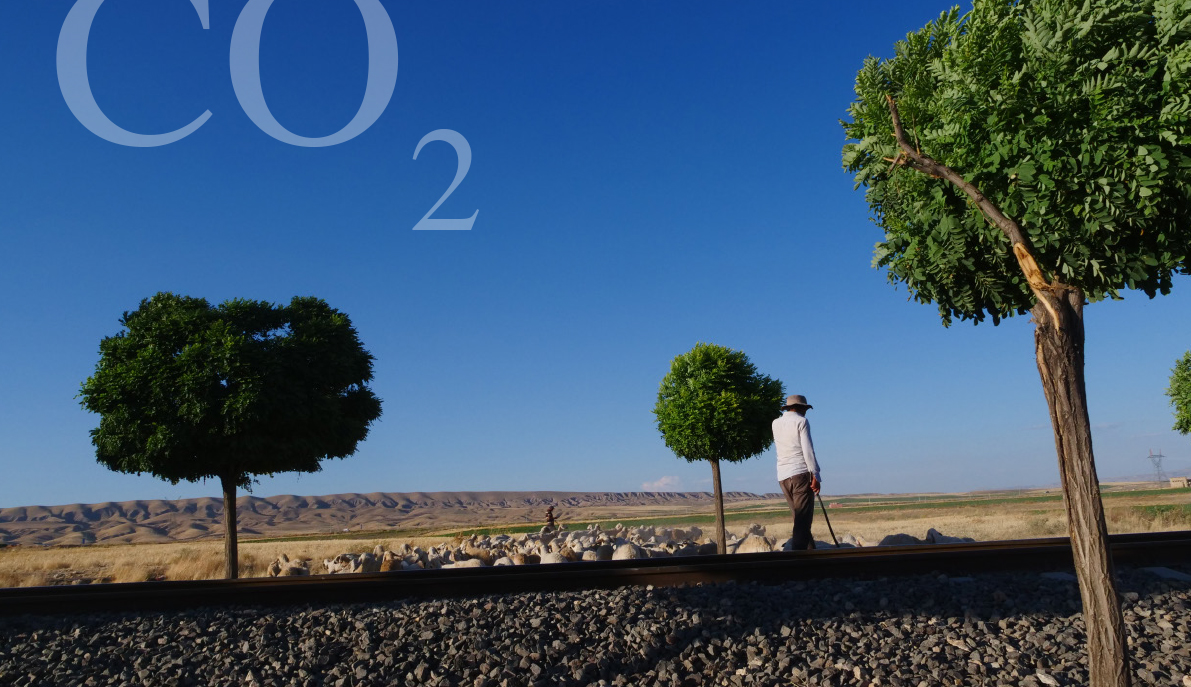When it comes to the environment, appearances can be misleading… At Agro Sourcing we prefer to rely on facts, which is why in 2021 we carried out a complete assessment of our carbon footprint.
The carbon footprint of an activity measures the greenhouse gas emissions produced by this activity. We know that these gases are partly responsible for global warming and that the emissions due to human activities are far too high. Among the greenhouse gases, carbon dioxide (C02) is the most important, but it’s not the only one: methane, nitrous oxide, fluorocarbons, etc. are also part of it.
From Agro Sourcing’s point of view, our carbon impact depends on several main factors, such as:
- Agriculture in the production areas of our dried fruit and their first processing: cleaning, sorting, cardboard boxing, etc.
- Transport of our dried fruits, from their production area to France, in our packaging plant, but also the delivery to our customers, in stores.
- Our activity in France: our offices, processing plant, product packaging, etc.
In order to take into account all of these impacts, we have opted for a ‘scope 3’ carbon footprint assessment, from agricultural production in our various sectors to the delivery of our dried fruit to our customers, in stores.
This assessment allowed us to identify the activities that emit the most greenhouse gases and to define the most important actions to reduce our impact on global warming.
An important point to note is that we have chosen to work on reducing our emissions, at every level and in a significant way, rather than “offsetting” our current emissions by financing reforestation projects for example.
Agriculture, the main source of carbon emissions.
Our primary source of greenhouse gas emissions comes from the agricultural production of our raw materials by our producers, which represents up to 90% of our emissions.
Our strength is to have built our own channels and to have established a direct and solid partnership with our producers, which allows us to work with them to study and implement solutions directly on the production sites in order to limit this impact. We are studying several options and will get back to you very soon…
Transport: stop preconceived ideas!
Contrary to popular belief, despite our trade activity being directly linked to the transport of dried fruit from often distant regions, transport represents “only” 7% of our emissions.
There are several reasons for this:
• We favor maritime transport. At an equivalent distance, sea shipment emits 13 times less C02 than land transport by truck. For example, a cashew nut from the port of Ho Chi Minh City to Marseille in France will emit as much C02 as transporting this same nut from Marseille to Paris in a truck!
Thus, although our dried fruits often come from distant regions, we manage to limit our carbon footprint on this aspect.
• We have optimized our logistics: unlike most of the dried fruits that transit via the big European ports (Rotterdam, Antwerp…), at Agro Sourcing, we have chosen to go through the port of Marseille for almost all of our dried fruits (more than 99%!). This allows us to save 600 km of transport compared to Rotterdam, that is to say more than 3 tons of CO2 per container!
Of course, not everything is perfect and we are still working on reducing our impact: finding more ecological alternatives for our transport by truck from our regional suppliers, optimizing truck loads and reducing the weight of pallets for store deliveries… projects are numerous!
The remaining 3% of emissions, not to be overlooked!
The last area generating our carbon emissions is our own activity: offices, processing plant, packaging…. it accounts for 3% of our greenhouse gas emissions, but we are not neglecting it!
To reduce the impact of our buildings and their energy consumption, we have completed several major projects this year:
- We moved over the summer to new premises, built with a real environmental quality approach (low-carbon impact building, with a timber frame, organic wool insulation, geothermal heating, etc.) and labeled “Mediterranean sustainable building”.
- For our offices, we have chosen 100% green and renewable electricity, through Enercoop.
- Our car park is equipped with a charging station for electric vehicles, in order to encourage employees to use more ecological vehicles.
Last but not least, our packaging is constantly being optimized and we are always looking for the best options with our suppliers.
Obviously, we are aware that the best waste is the one that is not produced, nevertheless, even if we favor bulk sales, which represents the majority of our activity, we can hardly do without packaging, if only to guarantee the quality of our dried fruit.
That’s why we are constantly working on improving our packaging: reducing its weight and in particular the weight of plastic, recyclability, etc…
What are our concrete actions?
- This year we replaced our classic plastic-based tape with a more ecological kraft tape.
- Our current bags are made of a combination of paper and PE (polyethylene) plastic, which has allowed us to reduce the amount of plastic by 63% and make our bags recyclable.
- In 2022, we plan to launch a life cycle analysis (LCA) of the different possible alternatives in order to make the best possible choices that combine preservation of your dried fruit and low ecological impact.
As you can see, there are many projects, but this work has to be undertaken over time, with strong convictions and pragmatism. Be sure that we are working on it!

